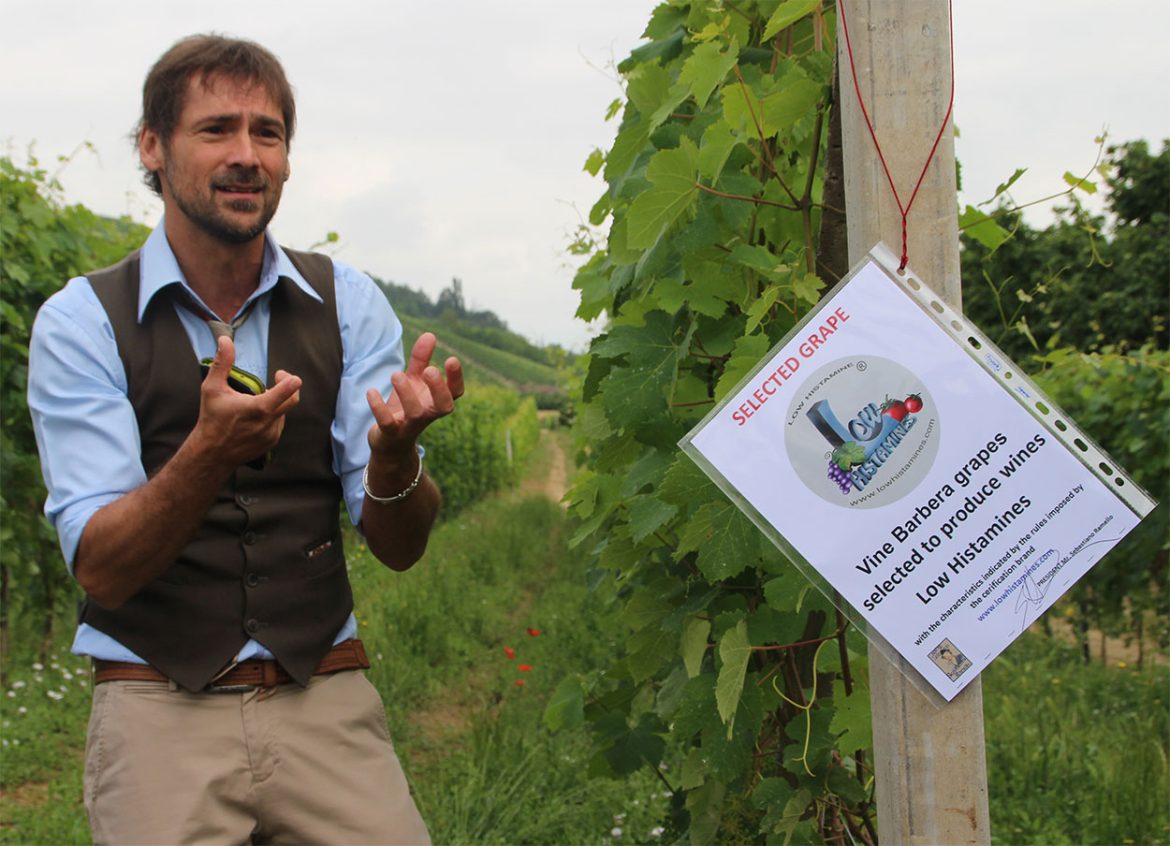Sebastiano Ramello, Italian, expert and international wine consultant since 2008, originally from Piemonte in the province of Cuneo. For years he has been promoting Italian wines and their territories in the main world markets, it was precisely this activity of his that led him years ago, between the end of 2011 and the beginning of 2012, to start the first research in the world on food intolerance dedicated to wine, giving life to Low Histamines, www.lowhistamines.com, a brand that selects and guarantees wines with a histamine content below 0.5mg/litre, wines which according to various doctors and nutritionists can also be recommended to sensitive to wines and food intolerant to histamines.
Sebastiano will talk about all this in the following article:
«Sebastiano, can you tell us how this research of yours came about?»
«It was born a bit by chance, as you well anticipated I am a professional in the wine sector, for years I have been promoting wineries in the main world markets with the aim of opening new commercial outlets but my passion has also often led me to collaborate with magazines and international media. This work has meant that I often receive samples of wines, mostly of medium and high quality, from wineries interested in being reviewed or becoming part of my selections. The wines are tasted by me and my staff and what remains in the bottle is often consumed in the family. Every time my mother drank even just a quarter of wine, especially red, we are talking about good quality wines, she perceived contraindications such as migraines, headaches and sometimes slight dermatitis, in the family we pushed her to get tests, discovering that she suffers from histaminosis, simply a food intolerance to histamines. The first thing the doctor removed from his diet was wine.
This intrigued me a lot, so that I started talking about it in the main wine salons of the world, discovering that in some universities, schools of oenology, the relationship between histamines, food intolerance and wine was already being discussed. I also discover that some European countries including Germany, Holland and Switzerland already recommended buying wines with low histamine content. At this point I did an initial research to understand the average value of histamines in wines and I discovered that red wines have a higher histamine content than whites, and that the average level of histamines in a quality red wine varies from 5 to 20 mg/l, some wines can even reach 100mg/l. The second step was to sample wines of different denominations throughout Italy, a research that led me to discover a Dolcetto D’Alba from the Langa area produced by a family-run winery with a lower than average histamine content so that the oenologist of the cellar fascinated by my research decides to become part of my project as consultant oenologist Low Histamines and together we begin to experiment and study both in the vineyard and in the cellar how to obtain a wine with a content of histamines less than 0.5mg/litre».
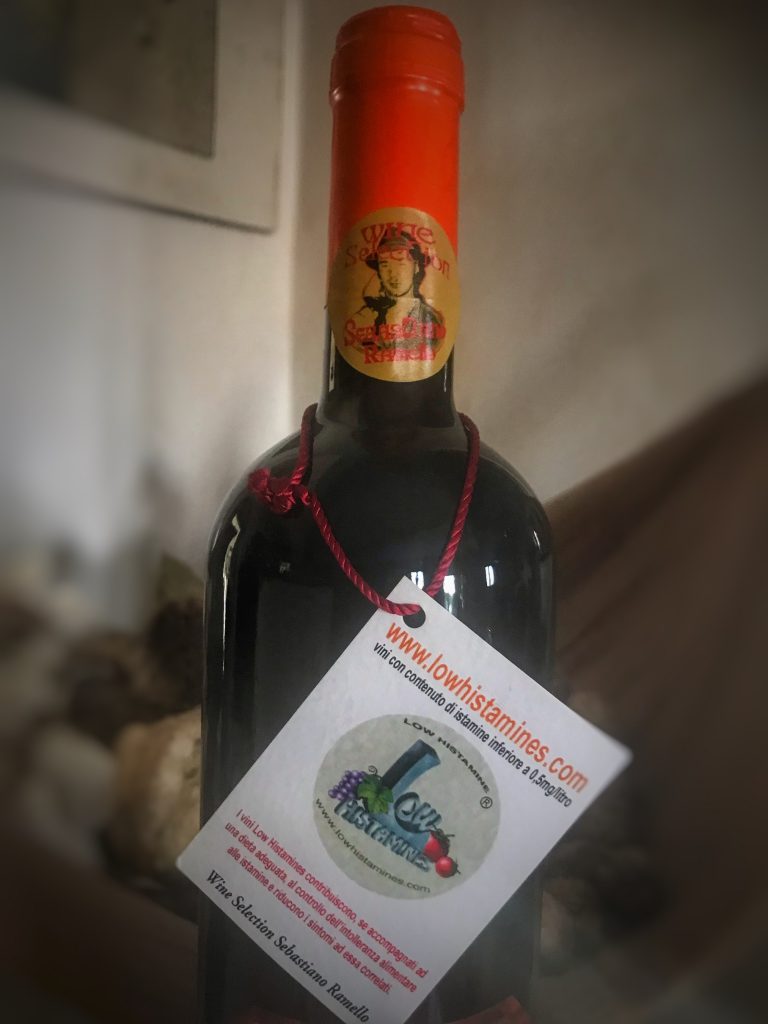
«Fascinating, after all Italy is one of the most important countries in the production of wine and the greatest researches and discoveries have always been born by chance.
Who was the oenologist who followed you in this research?
And how did you come to establish the minimum value of 0.5mg/litre in Low Histamines wines?»
«The consultant wine maker Low Histamines was Mr. Veglio Osvaldo, a Piedmontese winemaker from the Langa area.
With the help of doctors, nutritionists, especially with the collaboration of Dr. Eugenio Franzero (from Italy), well-known surgeon, dietician and nutritionist expert in food intolerances, I managed to test the first wines called Low Histamines on people intolerant to histamines in various countries worldwide, finding that below the level of 0.5mg/l of histamines, 90, 95% of those suffering from these conditions, drinking a Low Histamines wine compared to a normal wine did not create contraindications and for many of them, however, always accompanied by a correct low histamine content diet, the problem greatly decreased. So after these tests I decided to set the level of histamines, for a Low Histamines wine, below 0.5mg/litre».
«At this point we can truly speak of healthier wines. How did the idea of creating a guarantee brand come to you?»
«In reality it is a self-certification brand that selects and guarantees wines with histamine content below 0.5mg/litre. The idea came to me immediately a few years after I started the research because I needed something, a logo that recognized my work and the wines with these specific characteristics, so as to be able to communicate it to the final consumer»
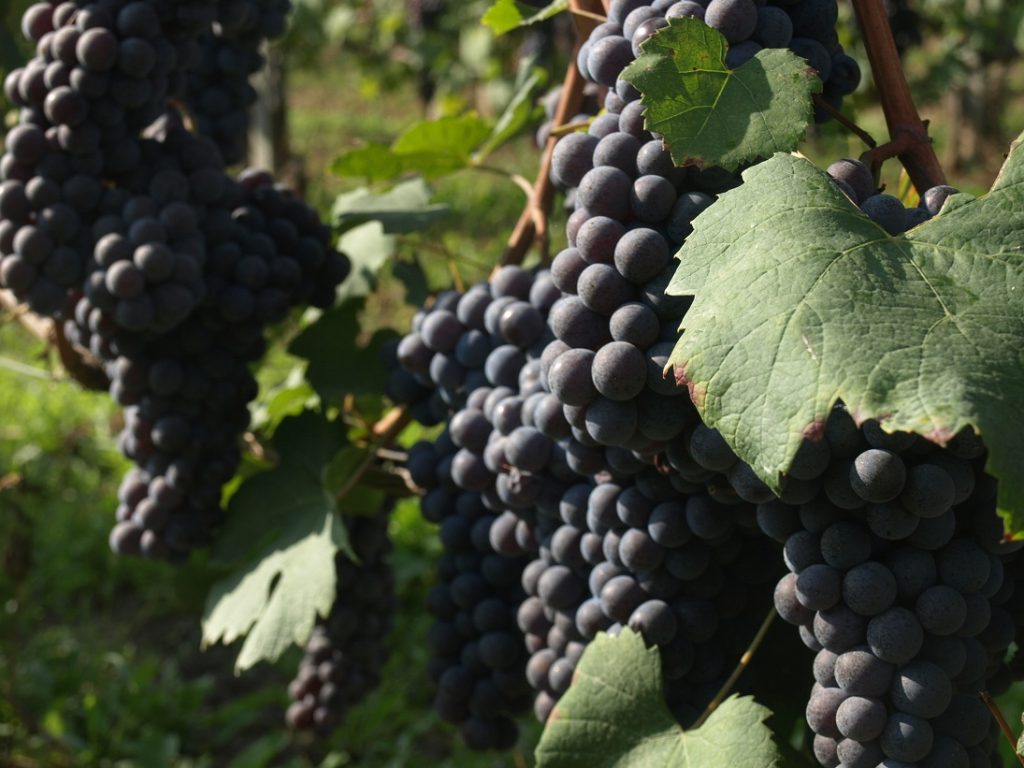
«Are there other projects in the world similar to yours? Companies that have started producing wines with characteristics similar to Low Histamines?»
«Yes, there are some wineries in the USA, Australia, Germany, Spain that already produce wines declared to be low in histamines, but in reality low histamine content does not mean anything if there is no research behind it that sets a minimum value . Even some universities have begun to study how to contain histamines in wine. Low Histamines was the first in the world to set a minimum value, this makes a big difference».
«I learned that you have also had collaborations with universities and some students have brought your thesis or part of your research as a degree thesis?»
«Yes, it is true, initially I was contacted by an Australian University with which there were mutual exchanges of research and knowledge, in 2017 my research and Low Histamines was sponsored by the Sapienza University of Rome. Years ago a young man, now a Piedmontese winemaker, brought this research as his degree thesis to the School of Oenology in Alba (CN) and a few weeks ago I was contacted and interviewed by an Austrian student who is bringing wine and food intolerance as his degree thesis to histamines as a new world market».
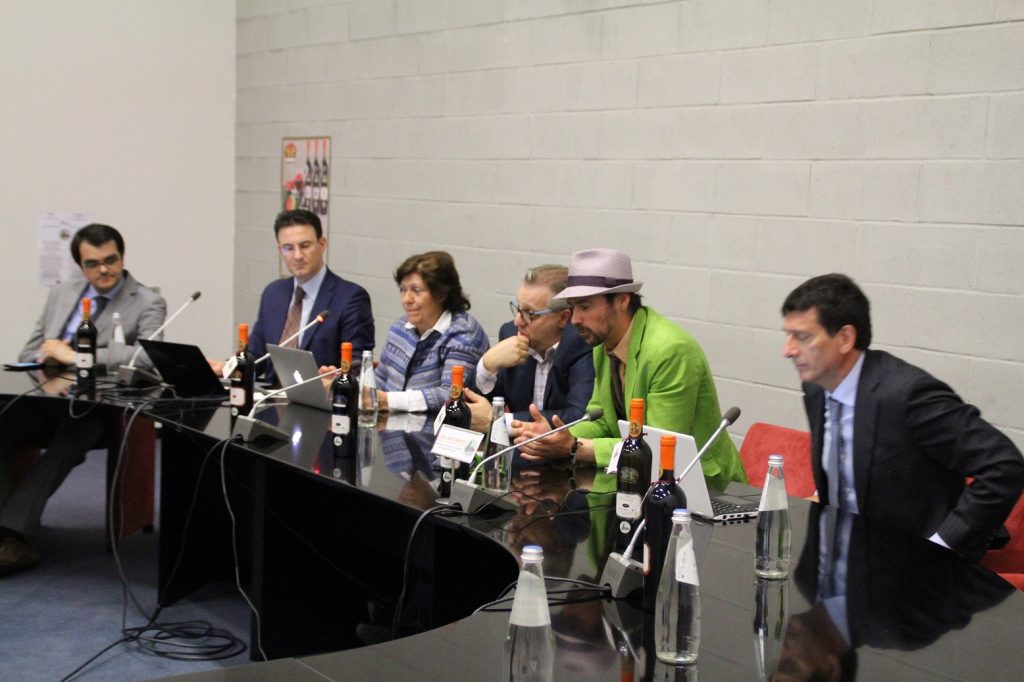
«In which world markets have you already managed to export and enter Low Histamines wines? And where do you think there is more attention towards this type of wine by the final consumer?»
«Over the years, thanks to strong promotion, the first wines called Low Histamines were introduced in North America, the United States and Quebec in Canada; Germany; England; Holland; Norway; Australia; China; Cambodia lately in India where just in these days from one of our importers I learned that they are very well appreciated; and in some Italian restaurants and wine bars. Unfortunately, the pandemic slowed us down and I was temporarily stopped on some markets we were about to enter.
Every week, through the Low Histamines email: info@lowhistamines.com I receive requests from consumers and wine lovers from all over the world, but mainly from North America, England and Germany. I think that somehow these are the countries that pay the most attention to wines with these characteristics. Years ago my research and Low Histamines had also attracted the attention of the Chinese government».
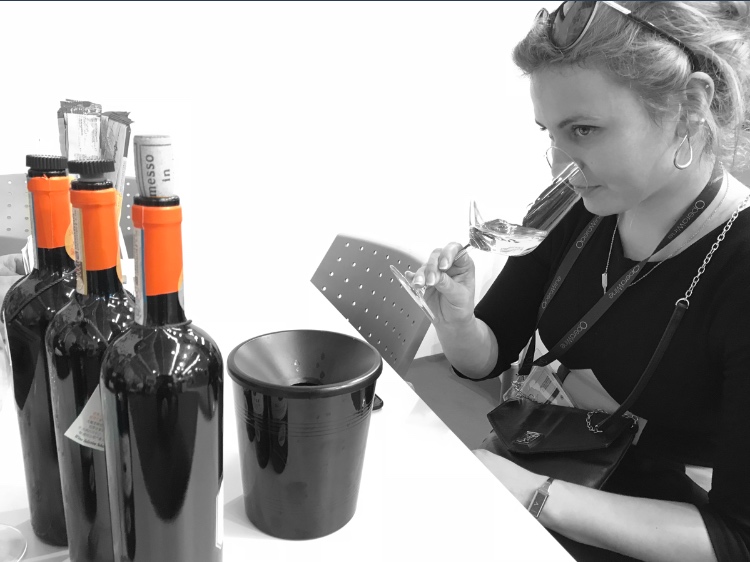
«Regarding the market potential, what can you tell us?»
«I think Low Histamines is the biggest wine revolution of the last thirty years at least, until now no one had thought about wine-related food intolerance, but we need to take a few steps back in order to get back to understanding the originality of wine, wine is a food, classified as a liquid food for this reason, like all other foods, it falls under food intolerances.
Today consumers are increasingly attentive to the nature of the product they take, especially to intolerances and allergies, red wine in relation to the consumption made of it is the food with the highest content of histamines. Many, if not almost all, medium and high-category restaurants have a menu dedicated to food intolerants but until now there was no wine, the same thing supermarkets have shelves if not departments dedicated to food intolerant but until now there was no wine. These few lines can make it easier to understand the market potential of a Low Histamines wine».

«I read while searching on Google that over the years many sector media, magazines and television programs have talked about this research of yours?»
«It has attracted the attention of many international media, including The Wall Street Journal, the most important economic TV channel in the world, but also the italian television: Rete 4, La7, Eat Parade on RAI2, and many national and international guides and magazines including some also for health, such as “Vero Salute”. In 2015 an article was also published on: Indian Wine Academy
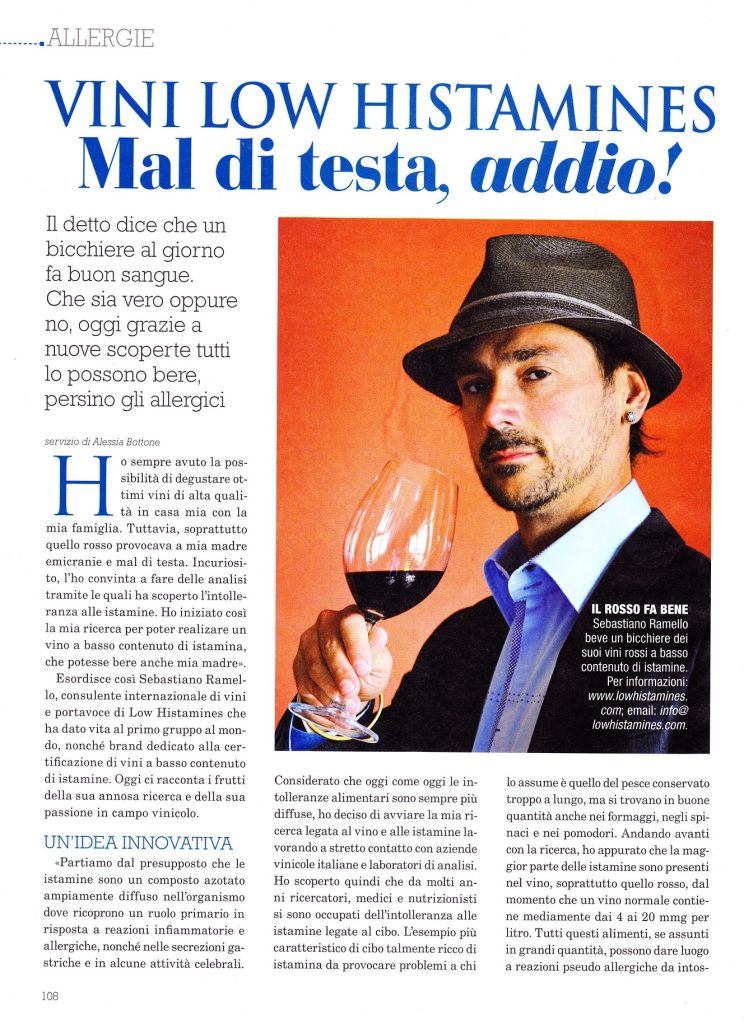
«Were there costs to be able to obtain Low Histamines wines and carry out this research?»
«Yes and quite a few, especially initially in the early years where many experiments were made in the cellar. Entire sections of the cellar were dedicated as well as winemaking tanks for the exclusive use of Low Histamines. Thanks to this work and important investments, we now know how to control the molds that produce histamines during fermentation and thus ensure that we obtain a wine with a histamine content of less than 0.5mg/litre»
«Are you interested in taking your research to wineries outside Italy as well?»
«yes, certainly yes. I have already had some contacts from interested wineries in South Africa, France and the USA. There was also interest from the Chinese government years ago. Maybe one day even an Indian winery will be able to produce wines guaranteed Low Histamines».
«For wineries that are interested in producing wines called Low Histamines, what do you recommend to do and what additional costs do they incur?»
«I suggest first of all to contact me, together we can select one or more wines which, according to my research, may be more suitable for obtaining these values. I only recommend wines vinified in steel as I have discovered that wines vinified in cement or wood have higher histamine values and are not easy to control the molds that produce histamines. However we are working on it.
At this point the wines must be analyzed in a laboratory recognized by the Government in order to understand the value of histamines (there are many histamines in wines: cadaverine, putracine, etc.) if the value is below the average (5 mg/l) there it can be worked on.
If the wines, without added processing, already have a histamine value below 0.5mg/l, they will automatically be included in the selection and obtain the Low Histamines guarantee mark.
There are no big additional costs. The costs lie in the analyzes and mainly in the time that goes into making this wine. Another important thing is to have healthy grapes. However, all the information can be found on the Low Histamines website».
«Which wineries are currently producing Low Histamines wines?»
«The first winery to have produced Low Histamines wines was a family-run business in the Langa, Piemonte, Veglio Michelino & Figlio, where the same owner had joined Low Histamines as a consultant winemaker but unfortunately in recent weeks he had to stop production as the winery is being sold to a group that has different intentions. The Low Histamines wines by the winery Veglio Michelino & Figlio they had already been exported for years to many major world countries including India.
In recent months I have started a collaboration with a historic winery in Lombardy, Bresciano, which has some excellent quality wines with histamine content lower than 0.5mg/litre, a red and rosé wine made 100% with Marzemino grape and a white wine 100% Chardonnay garpe. I have discovered that if the Marzemino grape is processed well, it can obtain a wine with very low histamine content. In the next few days they will receive the documentation and the denomination, through the guarantee brand, Low Histamines and very soon they will be on the market. They will probably be presented during the international wine fair at Vinitaly 2023 in Verona.
I am also in discussions with other Italian and some foreign wineries who have contacted me in recent months»
«How does the final consumer recognize a Low Histamines wine?»
«He recognizes them from the guarantee brand Low Histamines (a medal) placed on the front of the bottle above or below the label of the winery; from the orange capsule, since from the beginning I wanted to give a color to research and the most appropriate color thanks to its sense of transmissibility of peace, harmony and serenity is orange; by the Sebastiano Ramello Wine Selection medal placed on the capsule; by a collar label with data, website and Low Histamines brand. Furthermore, on the back label, together with the other data of the wine, there is also the wording Low Histamines indicating that it is a wine with a histamine content of less than 0.5mg/litre».
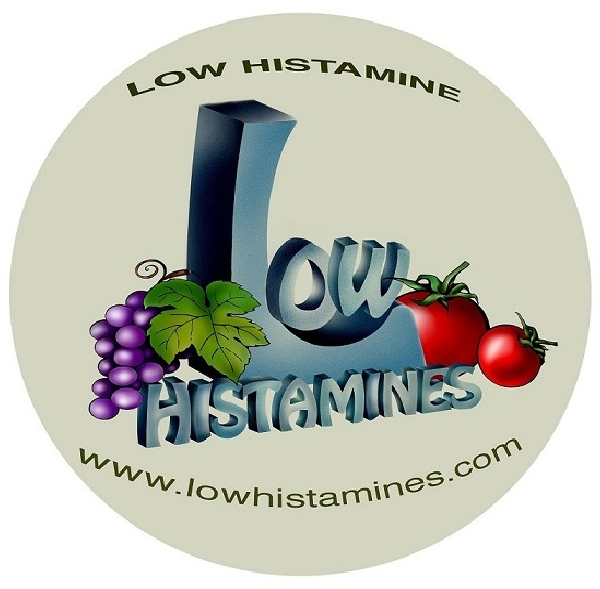
«Next goals?»
«I would like to obtain organic Low Histamines wines, sparkling and vinified in wood, which is not easy especially for the last two as with the former we are dealing with yeasts and with the latter with the molds that lurk in the barrels. I appeal to wineries that produce organic wines, anyone interested can contact me at my email: info@lowhistamines.com.
Maybe one day be able to bring the Low Histamines project to solid foods as well since during my research I discovered that there are several foods with a high histamine content».
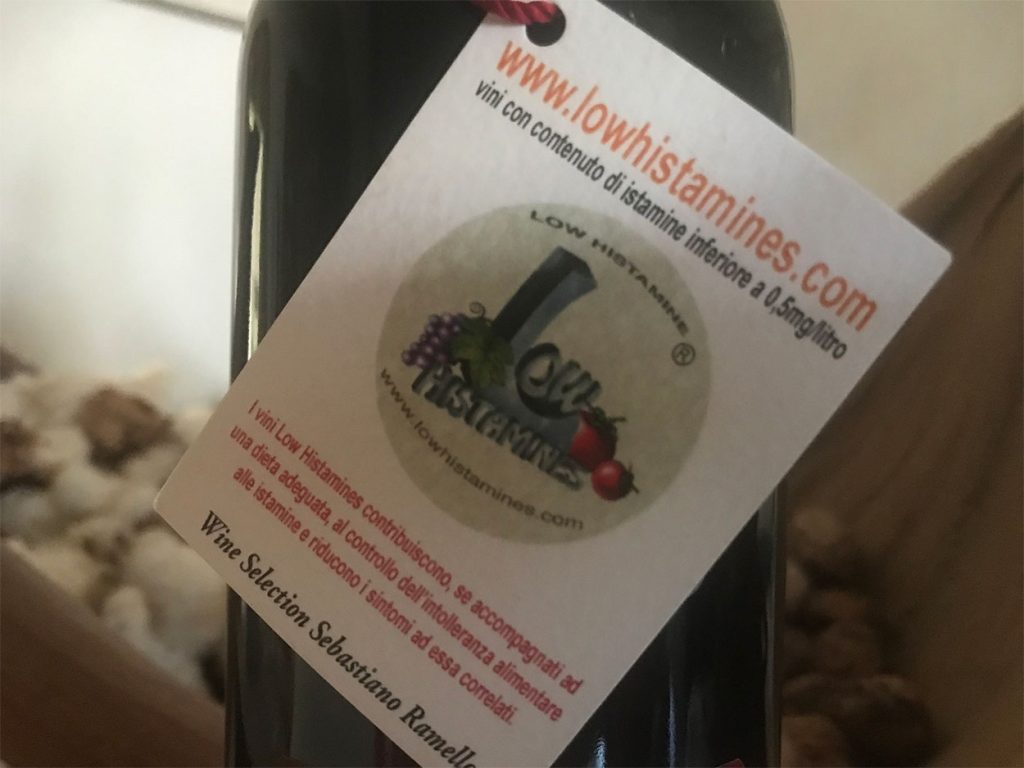
«Finally, can you give our readers some notions on what are the contraindications for a person suffering from histaminosis, food intolerance to histamines, in consuming especially red wine?»
«The main side effects that a normal red wine can cause in a food intolerant to histamines are: headaches, migraines, dermatitis, red face, stomach problems. I also discovered, thanks to the collaboration with doctors, that those suffering from colitis one of the things that is eliminated from the diet is wine due to its high histamine content»
«Can we therefore say that at the basis of many intolerances there is a histamine imbalance, which can be aggravated by the intake of foods with a high histamine content, such as wine for example?»
«Certainly, to better answer this question, I quote the answer from an interview I did some time ago with Dr. Eugenio Franzero: – More than a histamine decompensation, we can speak of the pathological accumulation of a substance which is normally present in our body, but which beyond certain levels, being a chemical mediator, it leads to the unleashing of all those symptoms we have talked about. Wine is certainly one of these substances…-»
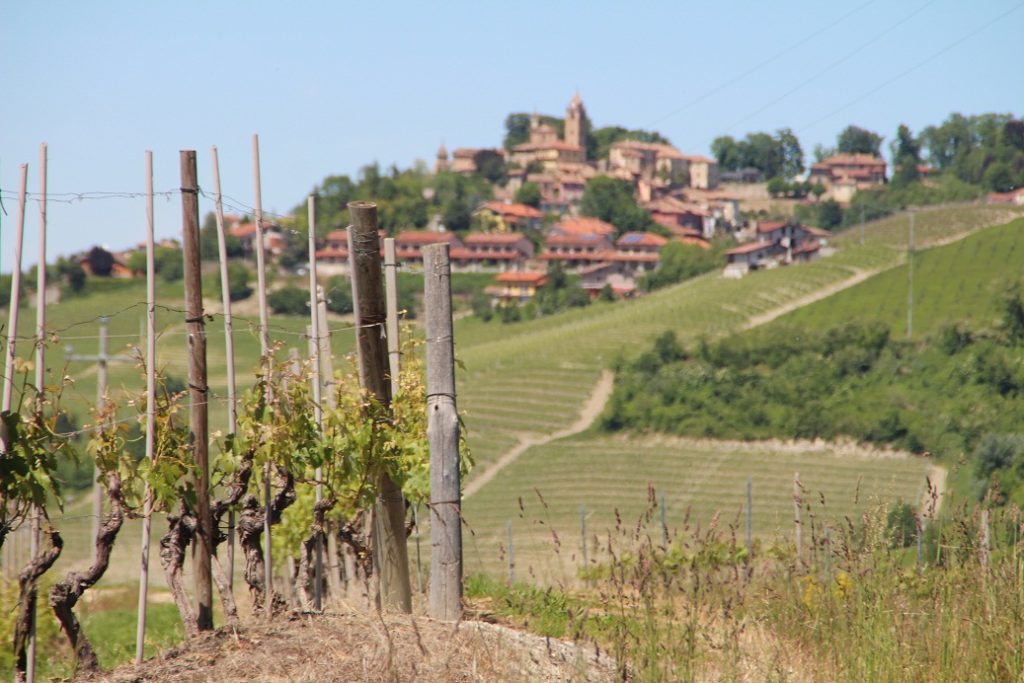
«Can you explain to my readers what is meant by food intolerance and what is the real difference between intolerance and allergy?»
«Well, even this question should be asked more than me to a nutritionist expert in food intolerances, I will also answer you through an answer from an old interview with Dr. Franzero:
–Intolerances are defined as an “adverse reaction to a food without an immune reaction“, these words already explain the substantial difference between intolerances and allergies: in the former there is a response from the cellular immune system, i.e. the leukocytes are activated, while in the secondly, a reaction of an immune nature takes place, i.e. the production of immunoglobulins.
Even from a clinical point of view, simplifying, we can say that the manifestations of intolerances are more nuanced, but persistent over time, while in allergies the symptoms are often violent, but of shorter duration-».
«What are the main food intolerances?»
«Thanks to my collaboration with medical experts in food intolerances I have discovered, always using the words of Dr. Franzero, that the best known are gluten intolerance or rather celiac disease, lactose intolerance, histamine intolerance or histaminosis, the latter still little known to the general public, but very frequent both in the genetic form and in the acquired one, but often difficult to evaluate and diagnose. Other relatively frequent intolerances are those to eggs, nightshades, composites».
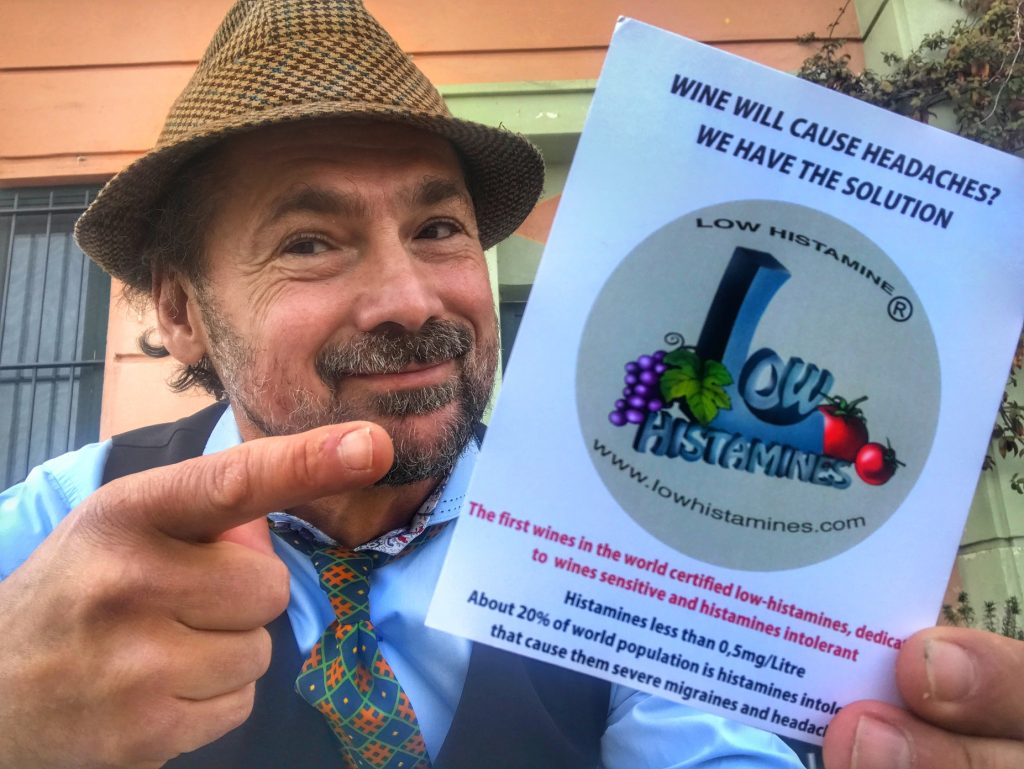
I thank Sebastiano Ramello for this interview with the hope that he can update us as soon as possible regarding his research and Low Histamines wines.
Anyone interested in learning more, whether to purchase a Low Histamines wine or evaluate the possibility of producing a wine with these characteristics, can contact Mr. Sebastiano Ramello at his E-mail: info@lowhistamines.com or piemontewine@yahoo.it.


